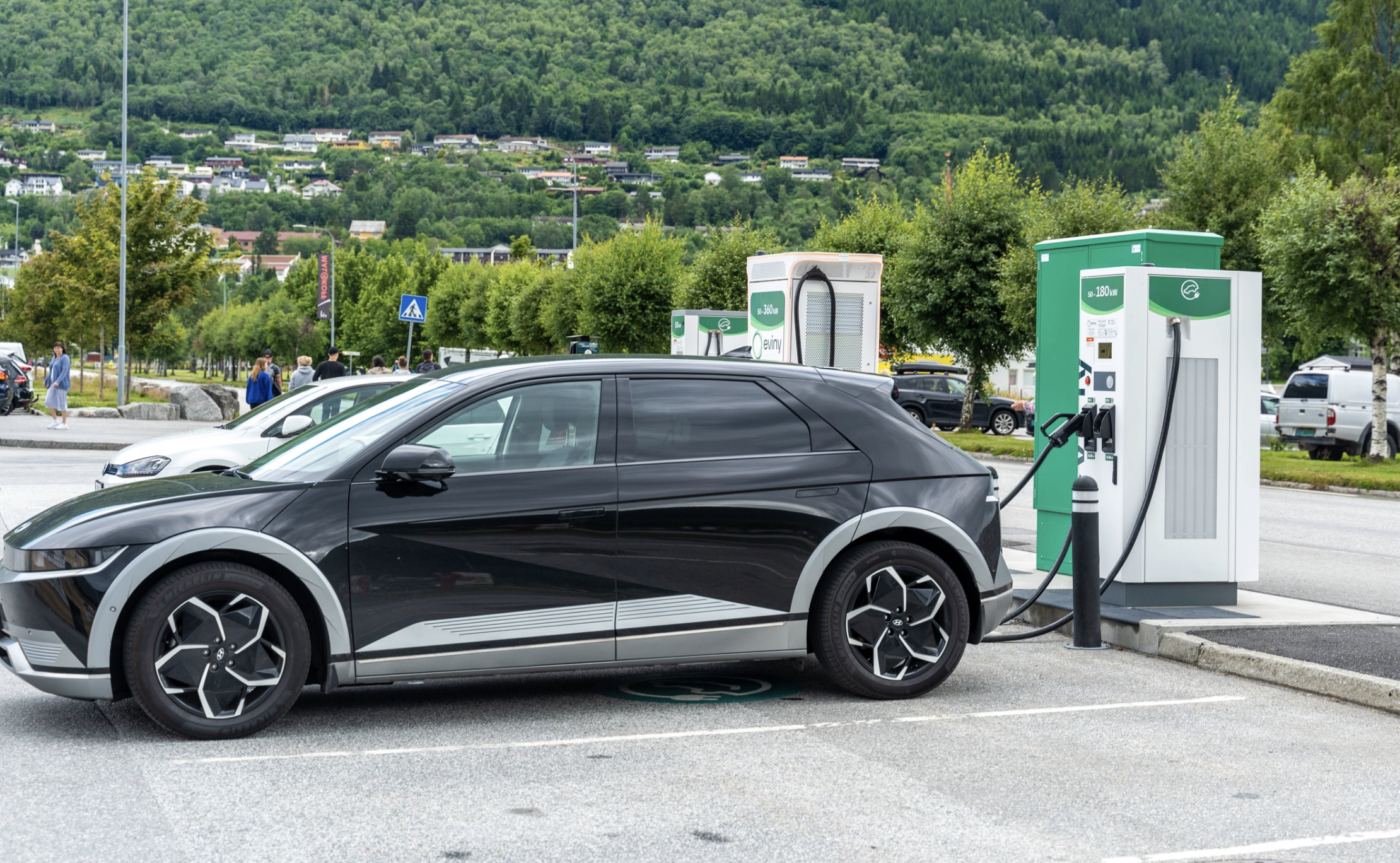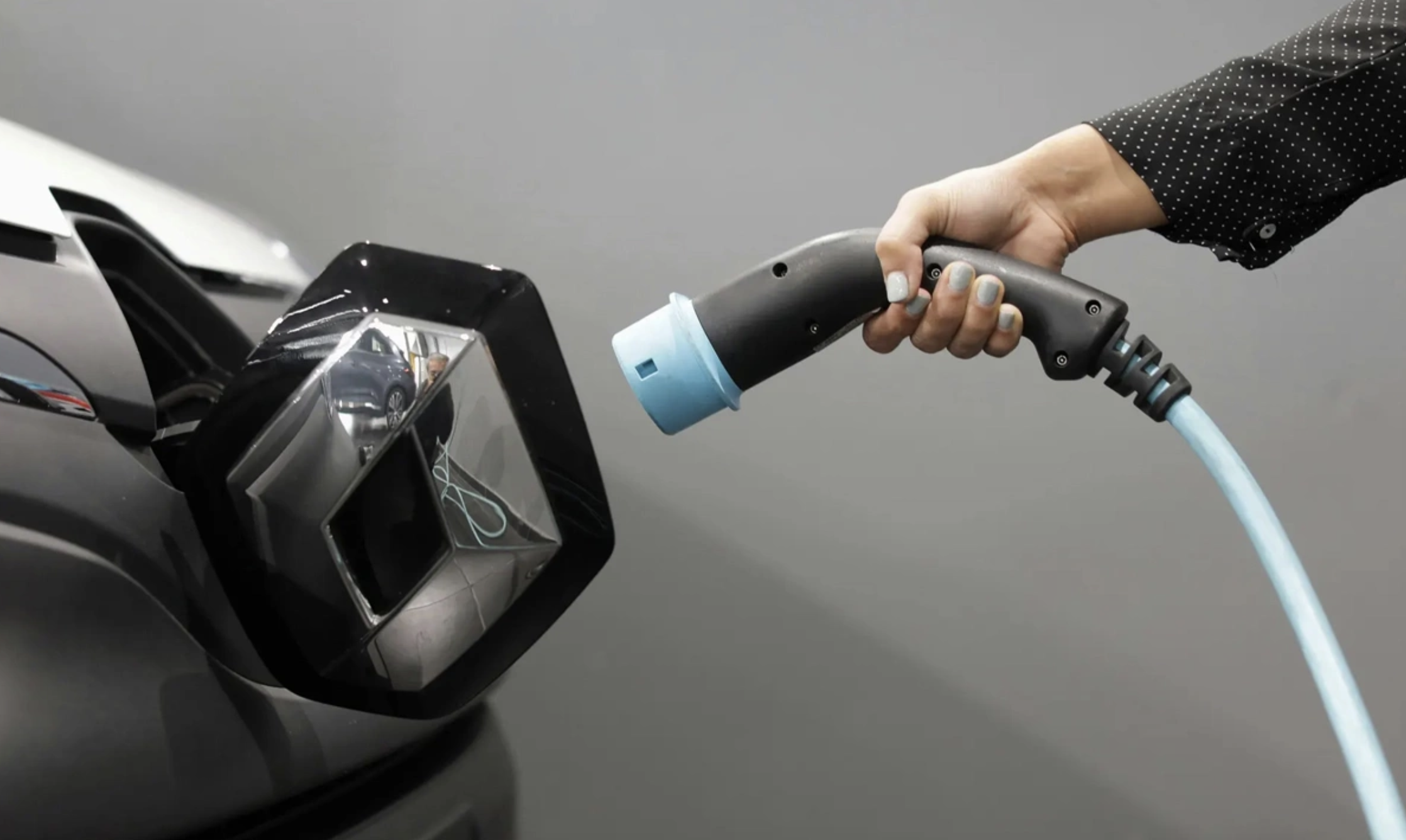In the second quarter of this year, the world’s largest battery manufacturer launched its new-generation Shenxing battery. It promises a 520 km range after just five minutes of charging, equivalent to 2.5 km per second—about the same time it takes to fill a typical combustion engine vehicle’s fuel tank. Prior to this, the company invested USD 2.6 billion in research and development to improve charging time and efficiency.
CATL is also ramping up development of sodium-ion batteries, with production slated to begin in 12/2025. This type of battery can replace lead-acid batteries in gasoline cars, as well as LFP batteries in hybrid and electric vehicles. It offers high energy density, provides over 200 km of range for PHEVs, and has a lifespan of up to 10,000 charge cycles. CATL emphasizes its ability to operate at -30°C, charge from 30% to 80% in 30 minutes, and maintain normal operation at -40°C.
 |
Workers at a lithium-ion battery factory in Zhejiang, China. Photo: Reuters |
Workers at a lithium-ion battery factory in Zhejiang, China. Photo: Reuters
Another avenue of exploration is solid-state batteries, which don't use liquid electrolytes. These offer increased energy density and reduced fire risk. Toyota, BMW, and the startup QuantumScape are developing this technology, aiming for commercialization by the end of the decade. McKinsey predicts solid-state batteries will hold 10% of the global market share by 2030.
Alongside hardware advancements, battery management software also plays a crucial role. Tesla and Hyundai have integrated AI-powered battery management systems (BMS). These systems adjust charging speeds, distribute current, and control temperatures in real time. This technology extends battery lifespan by 20-30% and reduces the risk of damage from fast charging or high temperatures.
 |
Electric vehicles charging at a station in Norway on 12/7/2023. Photo: Reuters |
Electric vehicles charging at a station in Norway on 12/7/2023. Photo: Reuters
Charging infrastructure is also key. 800V technology, as seen in the Porsche Taycan and Hyundai Ioniq 5, allows for 80% battery charge in under 20 minutes. However, this requires efficient cooling systems, high-power charging stations, and software synchronized with the vehicle model. In China, Nio operates over 2,300 automated battery swap stations, where swapping takes only three minutes, optimizing fleet efficiency through standardization.
A battery’s life doesn't end when the car is retired. Many businesses repurpose used batteries for solar and wind power storage. According to the International Energy Agency (IEA), by the end of 2023, about 5% of old EV batteries were being reused in this sector. Furthermore, companies like Redwood Materials (USA) and Li-Cycle (Canada) are recycling valuable materials from batteries, such as lithium, cobalt, and nickel, with recovery rates exceeding 95%. Projections indicate that by 2040, about 10% of lithium and 25% of cobalt globally will come from recycled sources.
 |
A woman holding an electric car charging cable. Photo: Reuters |
A woman holding an electric car charging cable. Photo: Reuters
Research by Arval shows that after 70,000 km, the batteries in many car models retain 93% of their capacity—a positive sign for both individual users and businesses transitioning to zero-emission vehicles.
Experts believe that enhancing charging efficiency and battery lifespan is essential for electric vehicles to become an effective emissions reduction tool. As battery technology improves, not only will vehicle performance increase, but it will also contribute to accelerating the global transportation sector's journey towards Net Zero.
Thai Anh












